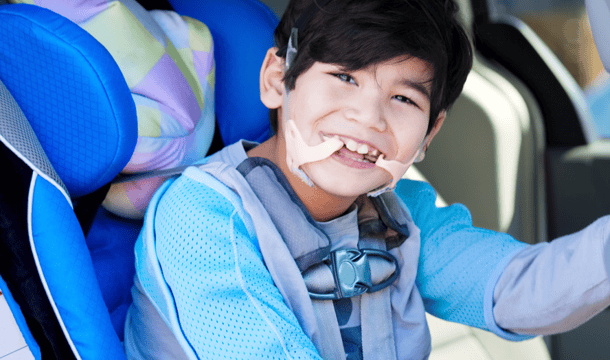
06/10/22How To Plan Travelling with Kids Who Have Disabilities
When travelling, doing some research to get inspiration and tips is always useful. First thing is to make sure you have all necessities in place.

When travelling, doing some research to get inspiration and tips is always useful. First thing is to make sure you have all necessities in place.

In this article, we look at family-centred service, where the family as a whole is at the centre of attention.

The first two years of life is a critical period of learning tasks, because this is the time where the brain is most likely to adapt and learn.

Innowalk and adaptations make Selma able to live an active and enjoyable life despite a few challenges.

Live has a severe variant of the diagnosis Rett syndrome and uses Innowalk to activate and mobilize the whole body and maintain good lung function.

In this article you get a great overview of what Rett syndrome is, the symptoms and many other questions related to the diagnosis.

Pain affects quality of life in people with CP and should be managed carefully throughout life.

Neuromuscular scoliosis is common in people with cerebral palsy, spina and with spinal cord injury.